VICTORIA - A Forest Practices Board special report released today says potential habitat for threatened species is being lost to forest development while the process for defining habitat areas drags on.
The Forest Practices Code does not protect habitat for threatened species from logging until wildlife habitat areas are established. Road building and other forest development is continuing while these candidate areas proceed through a lengthy process.
“It’s not practical to wait until we learn exactly what forest habitat marbled murrelets need for nesting, or exactly where their nests are, to implement an effective strategy to protect this species,” said board chair Bill Cafferata. “Government should designate interim wildlife habitat areas quickly, using the best available information, before the needed habitat is lost.”
The loss of potential habitat can happen quickly. The board examined the rate at which potential marbled murrelet habitat in the Sunshine Coast forest district was lost between 1995 and 2001, and found that somewhere between 25 and 44 per cent of the potential habitat for marbled murrelet that had been available in 1995 was gone only six years later.
The report, Marbled Murrelet Habitat Management – Considerations for the new Forest and Range Practices Act, looks at how effective the Forest Practices Code has been in conserving a species whose habitat is particularly vulnerable to loss or damage from forest practices. The report also makes suggestions for such conservation under the new Forest and Range Practices Act. The board chose to issue this special report because it has dealt with several cases concerning marbled murrelet habitat, although the findings would also apply to other species whose habitat is at risk.
Marbled murrelets are small seabirds that live along the Pacific coast of North America. Being poor fliers, this species has very specific habitat needs. They nest in old-growth forests within 50 kilometres of the ocean, below 1,000 metres above sea level. Marbled murrelets are still relatively abundant, but they are considered threatened by the Committee on the Status of Endangered Wildlife in Canada because populations are declining.
In addition to establishing interim wildlife habitat areas more quickly, the board says it is equally important not to set aside large areas of coastal forest unnecessarily. Therefore, wildlife habitat area boundaries should be refined as soon as possible so that areas not needed by marbled murrelets can be developed.
The report also encourages licensees and government to explore incentives and innovative approaches to collecting information, so interim habitat areas can be refined and areas that are not suitable nesting habitat can be removed from habitat reserves.
The Forest Practices Board is an independent public watchdog, established in 1995, that publishes reports about compliance with the Forest Practices Code and the achievement of its intent. The board’s main roles under the Forest Practices Code are:
-30-
Darlene Dahl
Communications
Forest Practices Board
Phone: 250 356-1340
1 800 994-5899
